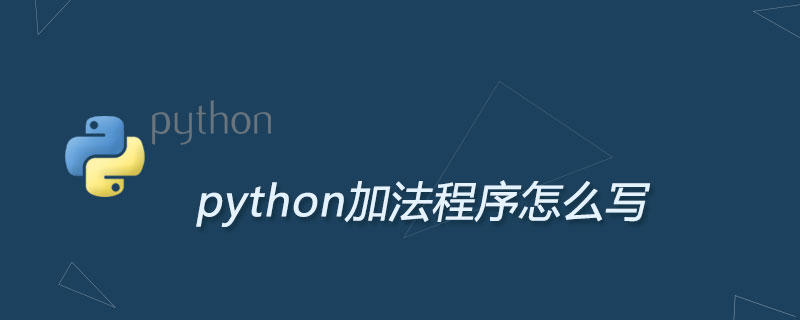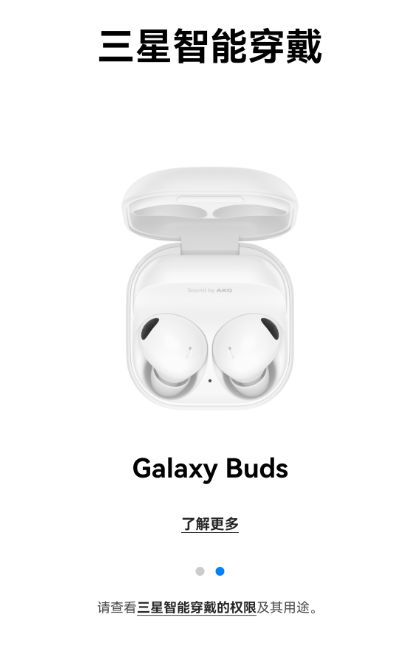![图片[1]-python如何判断数据类型是不是字典-uusu优素-乐高,模型,3d打印,编程](http://uusucn.zbbe.cn/wp-content/uploads/2024/01/5dc3c3de9098a236.jpg)
python的数据类型有:数字(int)、浮点(float)、字符串(str),列表(list)、元组(tuple)、字典(dict)、集合(set)。
python学习网,大量的免费python视频教程,欢迎在线学习!
一般通过以下方法进行判断:
1、isinstance(参数1,参数2)
描述:该函数用来判断一个变量(参数1)是否是已知的变量类型(参数2) 类似于type()
参数1:变量
参数2:可以是直接或间接类名、基本类型或者由它们组成的元组。
返回值: 如果对象的类型与参数二的类型(classinfo)相同则返回True,否则返回False。
例子:
#判断变量类型的函数
deftypeof(variate):
type=None
ifisinstance(variate,int):
type="int"
elifisinstance(variate,str):
type="str"
elifisinstance(variate,float):
type="float"
elifisinstance(variate,list):
type="list"
elifisinstance(variate,tuple):
type="tuple"
elifisinstance(variate,dict):
type="dict"
elifisinstance(variate,set):
type="set"
returntype
#返回变量类型
defgetType(variate):
arr={"int":"整数","float":"浮点","str":"字符串","list":"列表","tuple":"元组","dict":"字典","set":"集合"}
vartype=typeof(variate)
ifnot(vartypeinarr):
return"未知类型"
returnarr[vartype]
#判断变量是否为整数
money=120
print("{0}是{1}".format(money,getType(money)))
#判断变量是否为字符串
money="120"
print("{0}是{1}".format(money,getType(money)))
money=12.3
print("{0}是{1}".format(money,getType(money)))
#判断变量是否为列表
students=['studentA']
print("{0}是{1}".format(students,getType(students)))
#判断变量是否为元组
students=('studentA','studentB')
print("{0}是{1}".format(students,getType(students)))
#判断变量是否为字典
dictory={"key1":"value1","key2":"value2"}
print("{0}是{1}".format(dictory,getType(dictory)))
#判断变量是否为集合
apple={"apple1","apple2"}
print("{0}是{1}".format(apple,getType(apple)))
返回:

2、通过与已知类型的常量进行比较
例子:
#判断变量类型的函数
deftypeof(variate):
type1=""
iftype(variate)==type(1):
type1="int"
eliftype(variate)==type("str"):
type1="str"
eliftype(variate)==type(12.3):
type1="float"
eliftype(variate)==type([1]):
type1="list"
eliftype(variate)==type(()):
type1="tuple"
eliftype(variate)==type({"key1":"123"}):
type1="dict"
eliftype(variate)==type({"key1"}):
type1="set"
returntype1
#返回变量类型
defgetType(variate):
arr={"int":"整数","float":"浮点","str":"字符串","list":"列表","tuple":"元组","dict":"字典","set":"集合"}
vartype=typeof(variate)
ifnot(vartypeinarr):
return"未知类型"
returnarr[vartype]
#判断变量是否为整数
money=120
print("{0}是{1}".format(money,getType(money)))
#判断变量是否为字符串
money="120"
print("{0}是{1}".format(money,getType(money)))
money=12.3
print("{0}是{1}".format(money,getType(money)))
#判断变量是否为列表
students=['studentA']
print("{0}是{1}".format(students,getType(students)))
#判断变量是否为元组
students=('studentA','studentB')
print("{0}是{1}".format(students,getType(students)))
#判断变量是否为字典
dictory={"key1":"value1","key2":"value2"}
print("{0}是{1}".format(dictory,getType(dictory)))
#判断变量是否为集合
apple={"apple1","apple2"}
print("{0}是{1}".format(apple,getType(apple)))
返回:

isinstance() 与 type() 区别:
type() 不会认为子类是一种父类类型,不考虑继承关系。
isinstance() 会认为子类是一种父类类型,考虑继承关系。
如果要判断两个类型是否相同推荐使用 isinstance()。
原文来自:https://www.py.cn© 版权声明
文章版权归作者所有,未经允许请勿转载。
THE END



















































暂无评论内容